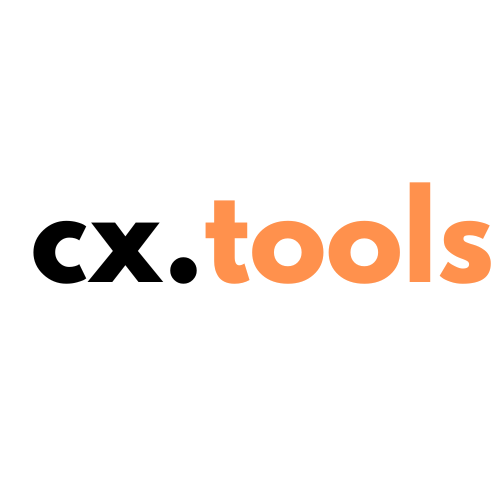
Customer Satisfaction (CSAT) metrics are invaluable tools for understanding how well your business is meeting customer expectations. By focusing on key CSAT metrics, you can pinpoint areas of strength and weakness, driving improvements that enhance the customer experience.
This fundamental metric gauges customers’ overall contentment with your product or service. It uses a scale, often from 1 to 10, to capture a general sentiment. A higher score indicates greater customer satisfaction.
The NPS measures customer loyalty by asking how likely they are to recommend your business to others. Responses fall into three categories: promoters, passives, and detractors, which then help calculate the Net Promoter Score.
This metric assesses how much effort customers have to put into resolving an issue or completing a transaction. Lower effort correlates with higher satisfaction, making CES an essential benchmark.
First Response Time tracks the speed at which your support team first responds to customer inquiries. Rapid responses are crucial as they significantly impact customer satisfaction.
Resolution Time measures how quickly customer issues are resolved after they are reported. Faster resolution times generally lead to happier customers.
FCR indicates the percentage of support issues resolved on the first contact. High FCR rates signify effective support services and can significantly boost customer satisfaction.
ASAT measures the satisfaction of your customer service agents. Satisfied agents are more likely to provide high-quality support, which in turn enhances customer satisfaction.
This metric reflects the percentage of customers who continue to do business with you over a specific period. High retention indicates satisfied and loyal customers.
The churn rate measures the percentage of customers lost over a given period. Monitoring churn can help identify and address satisfaction issues before they escalate.
Tracking repeated complaints helps identify recurring issues that need resolution. A decrease in repeated complaints signals improving customer satisfaction.
Analyzing customer comments and feedback on social media platforms provides insights into public perception and customer satisfaction.
Evaluating satisfaction across different communication channels (phone, email, chat) can identify where your support services excel or need improvement.
Understanding how customers use your product or service can highlight satisfaction levels and areas that might benefit from enhancements or additional support.
This metric tracks how frequently satisfied customers refer others to your business, indicating a high level of customer satisfaction and loyalty.
Monitoring negative feedback rates helps identify critical areas that need addressing to improve customer satisfaction efforts.
Sending out brief surveys after customer interactions can provide immediate feedback on satisfaction levels, helping to make real-time improvements.
A good CSAT score can vary by industry, but generally, scores above 80% are considered excellent.
Improving CSAT scores involves addressing common pain points, enhancing customer service, and continuously gathering and acting on customer feedback.
For further insights into mastering customer satisfaction, check out our other detailed articles and resources.
### Key Insights
– Overall Satisfaction Score is a fundamental measure of customer contentment.
– Net Promoter Score indicates customer loyalty levels.
– First Response Time and Resolution Time are critical for swift customer support.
– Monitoring repeated complaints can reveal service areas that need improvement.
– High Customer Retention and Referral Rates signal strong customer satisfaction.
